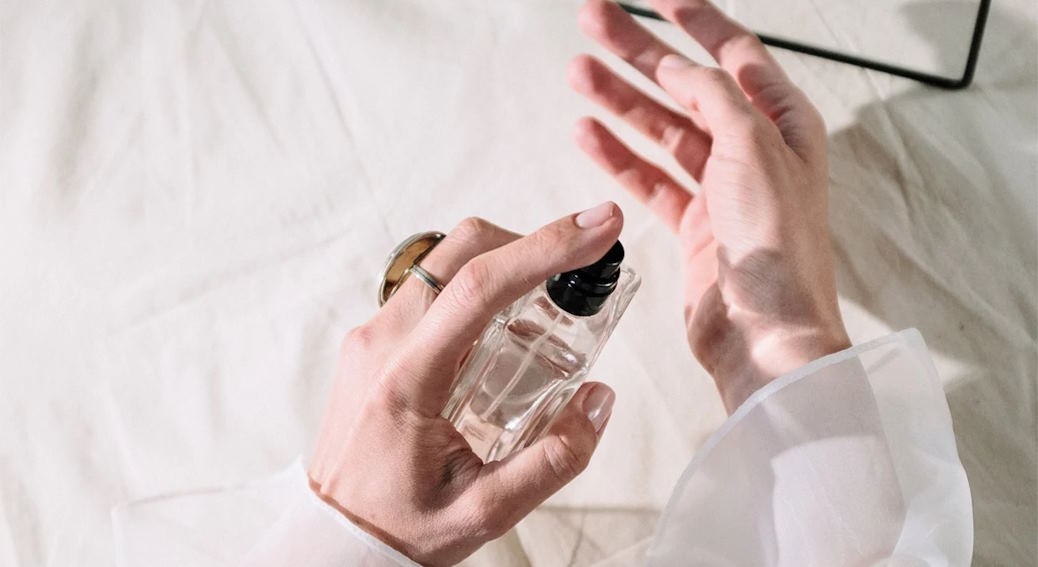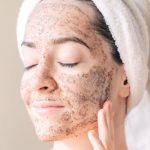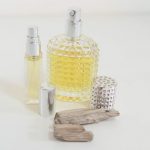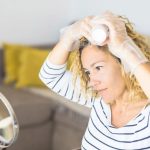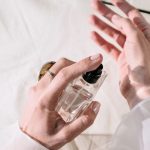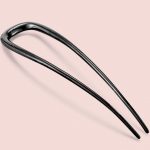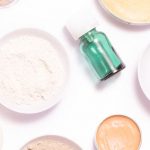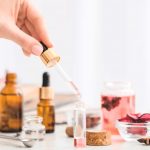Whether you’re a fragrance aficionado looking to expand your collection or someone who has never delved into the aromatic world of perfumery, this article will serve as your compass. We’ll delve into the fundamentals of fragrance notes, the differences between essential oils and fragrance oils, the selection of base and carrier ingredients, and the meticulous process of crafting and aging your own signature scent. By the end of this guide, you’ll have the confidence and know-how to blend your own enchanting fragrance, leaving a trail of captivating scents wherever you go. It’s time to embark on a scented journey that reflects your essence, so let’s begin crafting the perfume of your dreams.
Choosing Your Base and Carrier Ingredients
When it comes to crafting your own signature scent, selecting the right base and carrier ingredients is a pivotal step in the perfume-making process. These components not only serve as a canvas for your fragrance but also play a crucial role in its longevity, projection, and overall quality. Let’s explore the essential considerations for each type of base and carrier ingredient:
Base Alcohol for Perfumes
Base alcohol is the backbone of many traditional perfumes. It serves as a solvent that helps disperse the fragrance oils evenly and evaporates quickly upon application, allowing the aroma to bloom. The choice of alcohol can significantly impact the scent’s final character. Options like ethyl alcohol (ethanol) or isopropyl alcohol are commonly used. Keep in mind that the purity and odorlessness of your chosen alcohol are vital for a professional-grade perfume.
Carrier Oils for Roll-On Perfumes
For those leaning towards roll-on perfumes, carrier oils are the go-to base. Carrier oils not only dilute the concentrated fragrance oils but also contribute to the perfume’s texture and moisturizing properties. Popular choices include jojoba oil, sweet almond oil, and fractionated coconut oil. Each carrier oil offers distinct characteristics, such as absorption rates and skin benefits, so choose one that complements your fragrance and skin type.
Wax and Solid Bases for Fragrance Balms
If you’re intrigued by solid perfumes or fragrance balms, selecting the right wax or solid base is crucial. Beeswax and shea butter are excellent choices, as they provide a stable foundation for your fragrance while offering moisturizing properties. The solid format makes them convenient for on-the-go touch-ups and ideal for those who prefer subtler scents.
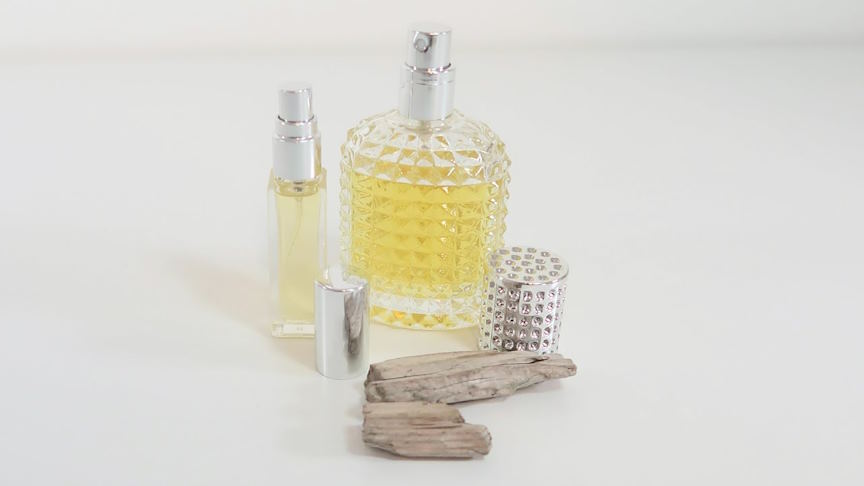
Crafting Your Signature Scent
Creating your signature scent is a journey of self-expression and creativity. It’s about capturing the essence of who you are and what you love. In this section, we’ll dive into the art of crafting your own fragrance, from selecting the right scents to documenting your unique recipe.
Creating a Fragrance Profile
- Selecting Primary and Complementary Scents: Begin by identifying the primary scent or scents that resonate with you. These are the core aromas that define your fragrance. Are you drawn to the freshness of citrus, the warmth of vanilla, or the sensuality of floral notes? Once you have your primary scents, explore complementary fragrances that enhance and harmonize with your main choices. For instance, if you’ve chosen a floral as your primary scent, consider adding a hint of spice or a subtle woody note to create depth and complexity.
- Balancing Notes for Harmony: Achieving the perfect balance of fragrance notes is essential. Perfumes typically consist of top, middle, and base notes, each contributing to the overall scent experience. Top notes are the initial impressions that fade quickly, middle notes provide the heart of the fragrance, and base notes anchor the scent and make it long-lasting. Ensuring that these notes harmonize seamlessly is the key to a well-rounded and enduring fragrance.
Making Test Blends and Adjustments
Experimentation is the heart of perfume-making. Start with small test blends to fine-tune your fragrance. This step allows you to adjust the ratios of your selected scents and assess how they interact. Be patient and open to adjustments, as finding the perfect balance may take time. Remember that perfumery is a sensory art, and your nose will be your best guide in this creative process.
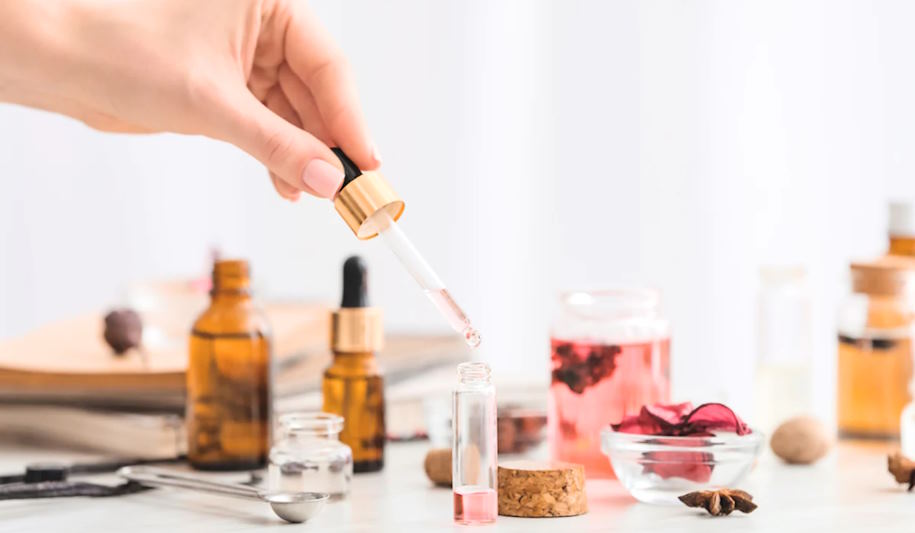
DIY Perfume Formulation Techniques
Creating your own signature scent is a delightful endeavor, and choosing the right formulation technique is crucial to ensure your fragrance aligns with your preferences and lifestyle. Here, we explore three popular methods: perfume sprays, roll-on perfumes, and solid perfumes.
Perfume Sprays
Ingredients and Equipment Needed: To make a perfume spray, you’ll require the following:
- Base alcohol (e.g., ethanol or isopropyl alcohol)
- Essential oils or fragrance oils
- Distilled water
- A glass perfume bottle with a spray nozzle
- Funnel
- Measuring cups and spoons
Step-by-Step Instructions:
- Start by selecting your essential oils or fragrance oils, considering your chosen scents from your fragrance profile.
- Measure the desired amount of base alcohol and pour it into the glass bottle using a funnel.
- Add your chosen fragrance oils to the alcohol. The amount may vary depending on the strength you desire, but a common ratio is about 15-30% fragrance to alcohol.
- Allow your mixture to rest for a few days or weeks to let the scents meld and mature. Shake the bottle occasionally.
- Add a small amount of distilled water to dilute the mixture if needed, as this can help mellow the fragrance.
- Finally, attach the spray nozzle and cap to your bottle, and your homemade perfume spray is ready to use!
Roll-On Perfumes
Ingredients and Equipment Needed:
- Carrier oil (e.g., jojoba oil, sweet almond oil)
- Essential oils or fragrance oils
- A glass or plastic roll-on bottle
- Measuring cups and spoons
- Funnel
Step-by-Step Instructions:
- Begin by selecting your carrier oil and fragrance oils, ensuring they align with your fragrance profile.
- Measure the carrier oil and pour it into the roll-on bottle using a funnel.
- Add your chosen fragrance oils to the carrier oil, typically using a ratio of 10-25% fragrance to carrier oil, depending on your preference.
- Secure the roll-on ball and cap onto the bottle.
- Gently roll the ball onto your skin to apply your personalized roll-on perfume. Adjust the amount as needed for your desired fragrance strength.

